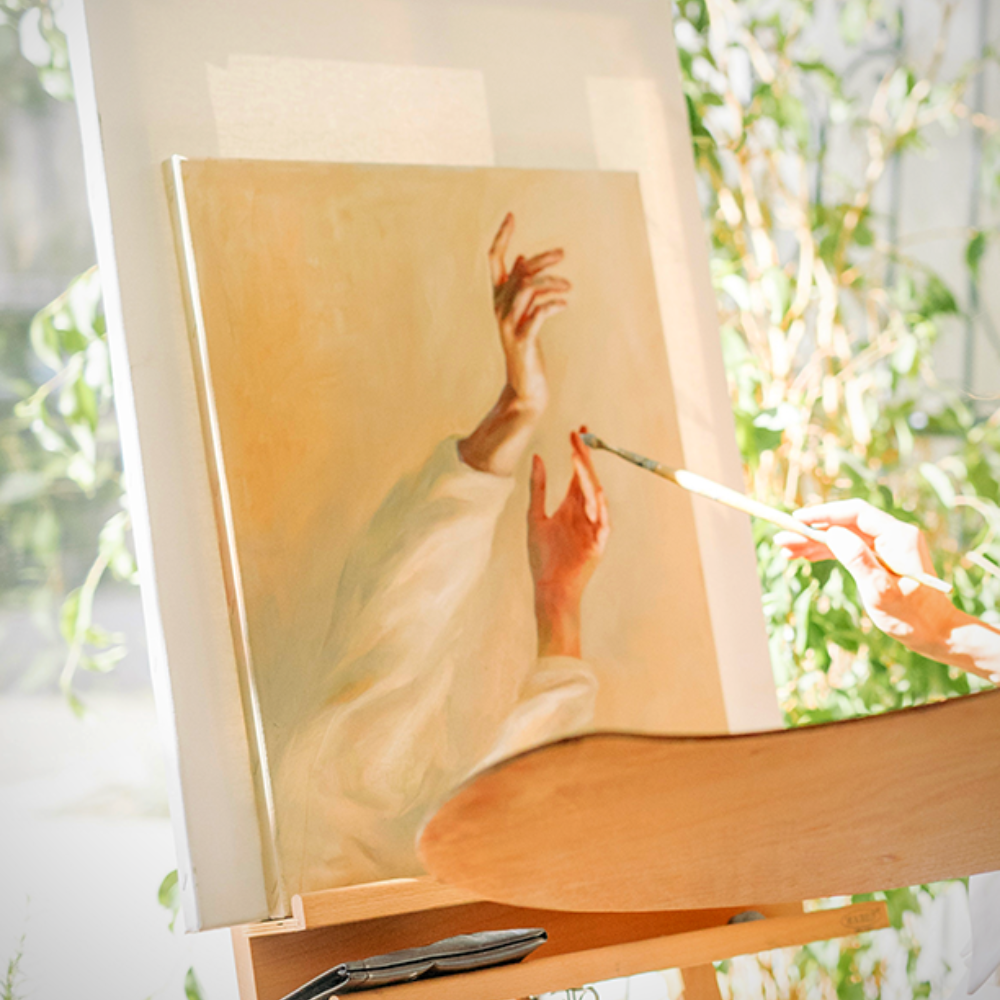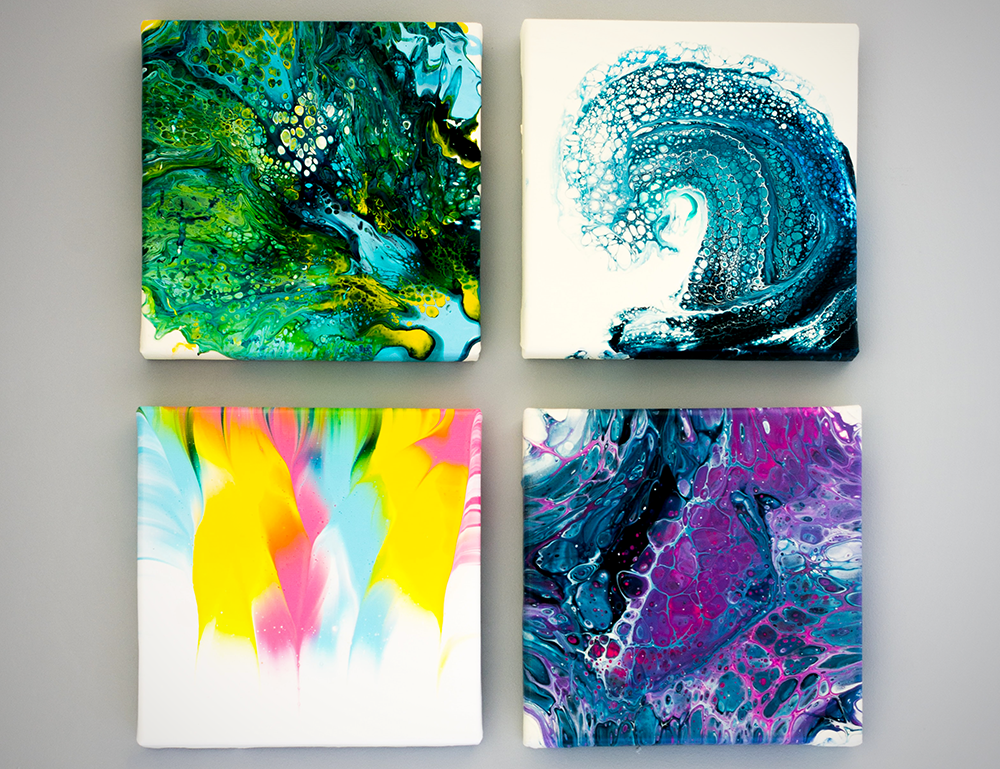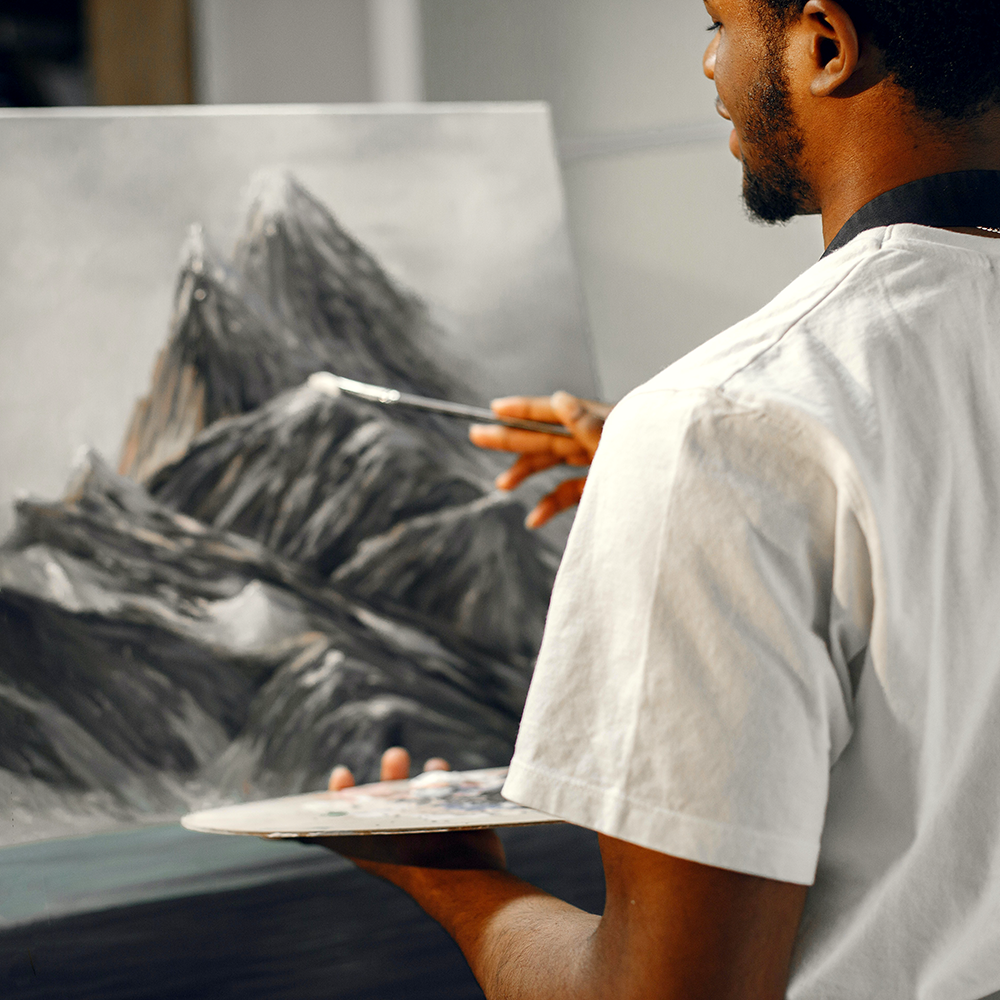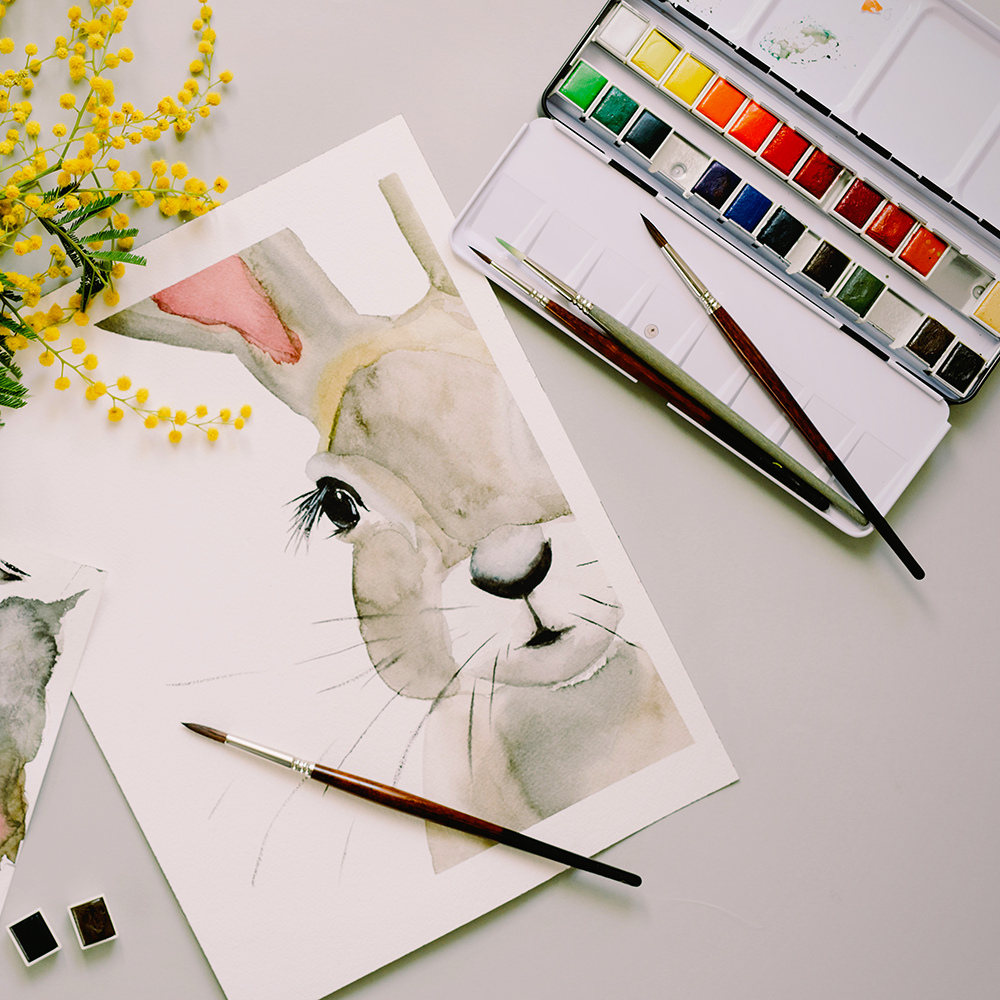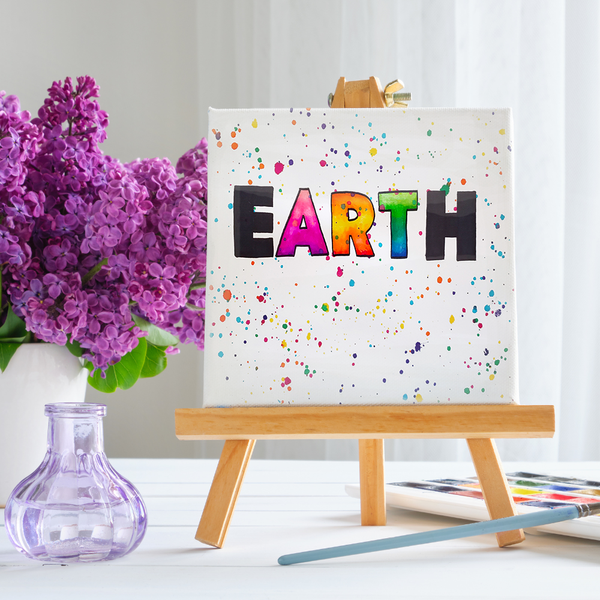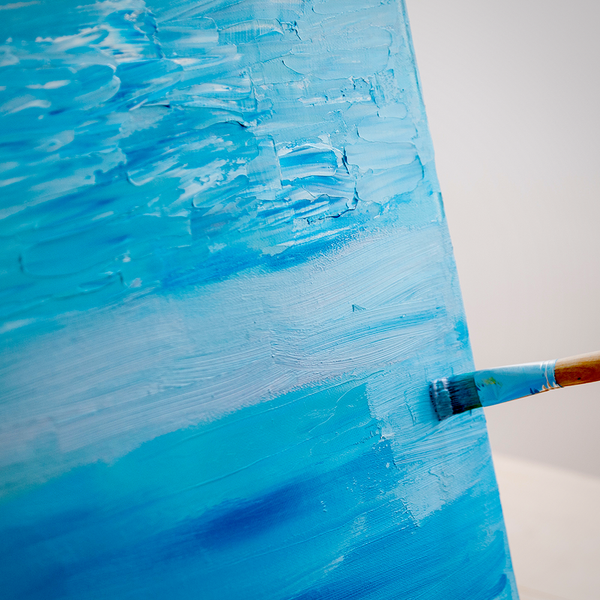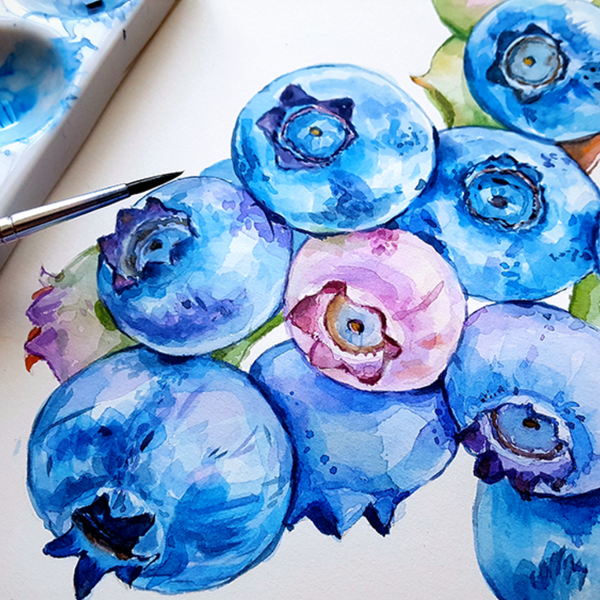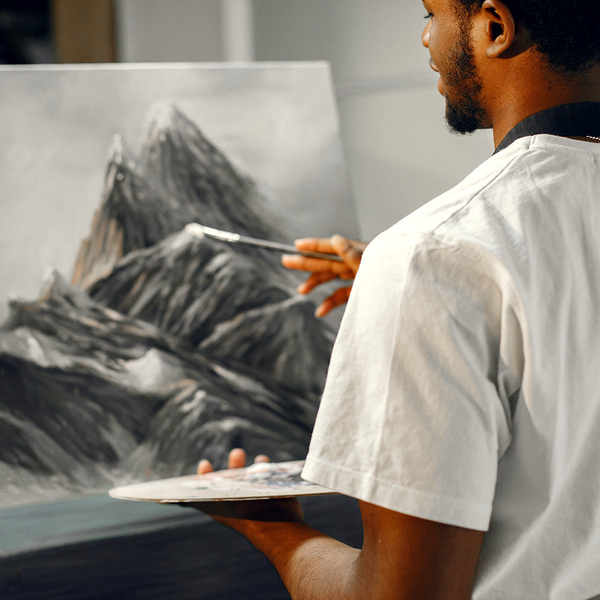Ready to dive into the world of colors and creativity?
Starting painting as a hobby can be a fulfilling and enriching experience.
Whether you're captivated by the bold strokes of acrylics or the gentle flow of watercolors, this guide is your perfect starting point.
From choosing your first canvas to mastering essential techniques, we'll walk you through every step of your artistic journey.
Let's get those brushes moving and bring your imagination to life!
Key Takeaways:
- Understanding the Basics: Learn about different painting mediums, tools, and techniques to get started.
- Building Skills: Practice consistently and explore various styles to develop your unique artistic voice.
- Enjoying the Journey: Embrace the process of creating art and the emotional growth it brings.
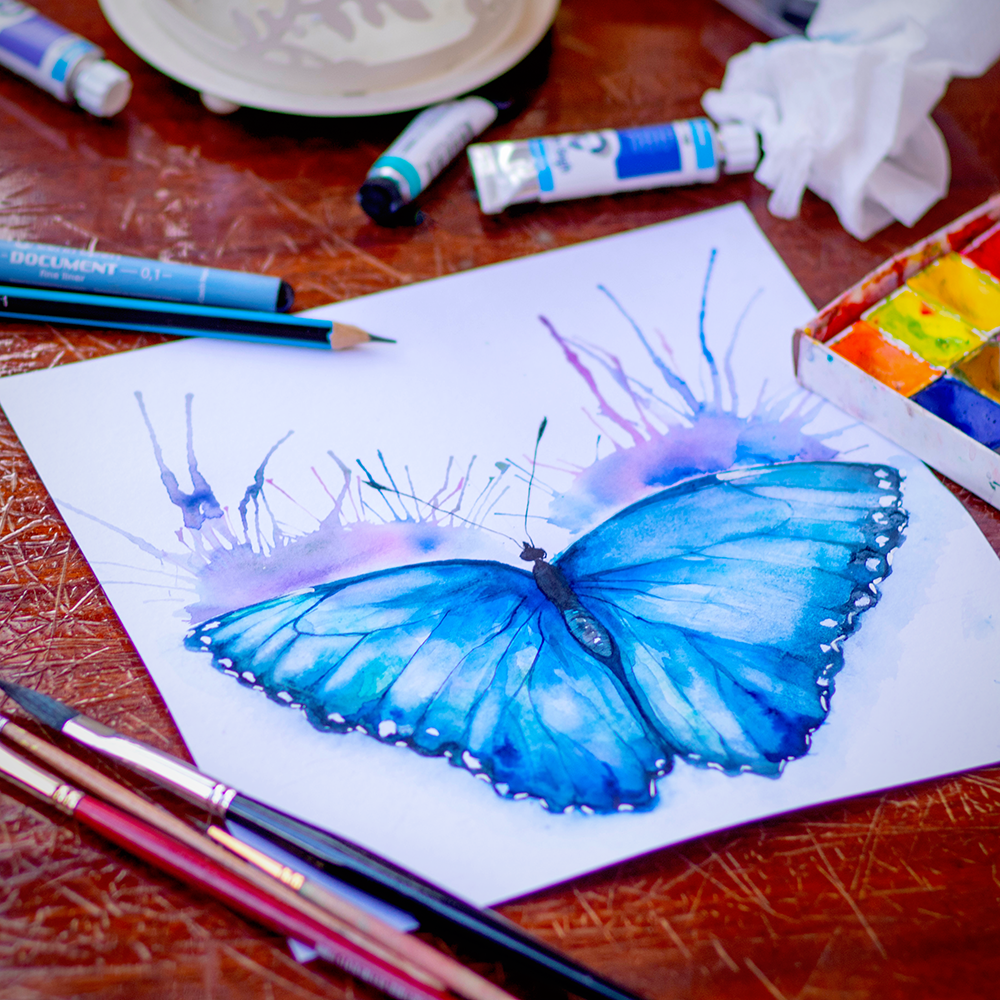
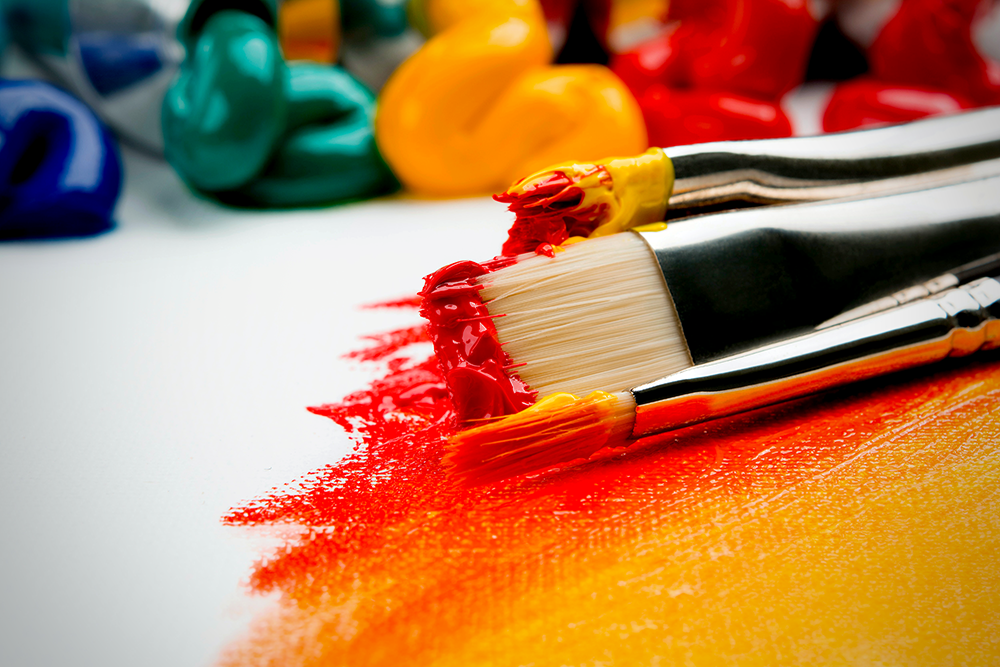
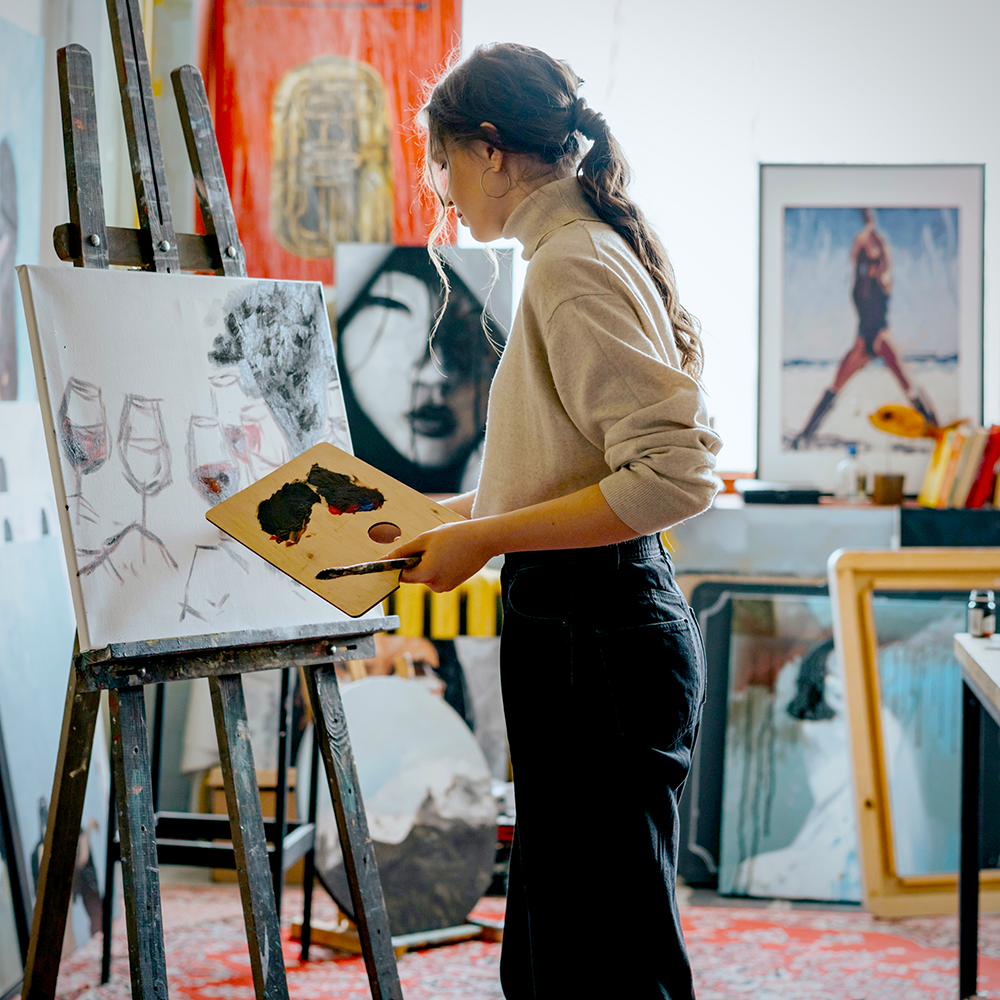
Choosing Your Medium
When you start painting as a hobby, the first decision you'll need to make is which medium to use.
Acrylic painting is a popular choice for beginners due to its versatility and quick drying time.
Acrylic paint can be used on various surfaces, including canvas, wood, and paper.
They are also water-soluble, making cleanup easy.
Oil paints, on the other hand, offer a rich, buttery texture and longer drying times, allowing for more detail and blending.
However, they require more preparation and cleanup.
Watercolor painting is another excellent option, known for its transparency and fluidity.
Watercolor paper is essential for this medium, as it can handle the water without warping.
Gathering Your Supplies
Once you've chosen your medium, it's time to gather your supplies.
For acrylic painting, you'll need a set of acrylic paints, different paint brushes, a palette knife, and a painting surface such as a canvas or a smooth ceramic platter.
Synthetic brushes are ideal for acrylics as they hold their shape well and are easy to clean.
For oil paintings, you'll need oil paints, a palette, paint brushes, and a painting surface.
It's also essential to have a solvent like turpentine for cleaning brushes.
Watercolor painting requires watercolor paints, watercolor paper, and brushes specifically designed for watercolors.
A large plastic container for water and a palette for mixing colors are also necessary.
Understanding Color Theory
Color theory is a fundamental aspect of painting that helps artists create harmonious and visually appealing compositions.
The color wheel is a valuable tool for understanding how colors interact.
Primary colors (red, blue, and yellow) can be mixed to create secondary colors (green, orange, and purple) and tertiary colors.
Warm and cool tones play a significant role in setting the mood of your painting.
Warm tones like red, orange, and yellow evoke feelings of warmth and energy, while cool tones like blue, green, and purple create a sense of calm and tranquility.
Complementary colors, which are opposite each other on the color wheel, can be used to create vibrant contrasts.
Exploring Painting Techniques
There are numerous painting techniques to explore, each offering unique effects and textures.
Brush strokes are the foundation of any painting.
Experiment with different brushes and strokes to achieve smoother brushstrokes or more textured effects.
The palette knife is another versatile tool that can be used to apply thick layers of paint or create sharp edges.
The grid method is a helpful technique for accurately transferring a reference image onto your painting surface.
By dividing your reference image and canvas into a grid, you can focus on one section at a time, ensuring accurate proportions.
Color mixing is another essential skill, allowing you to create a wide range of hues and shades from a limited palette.
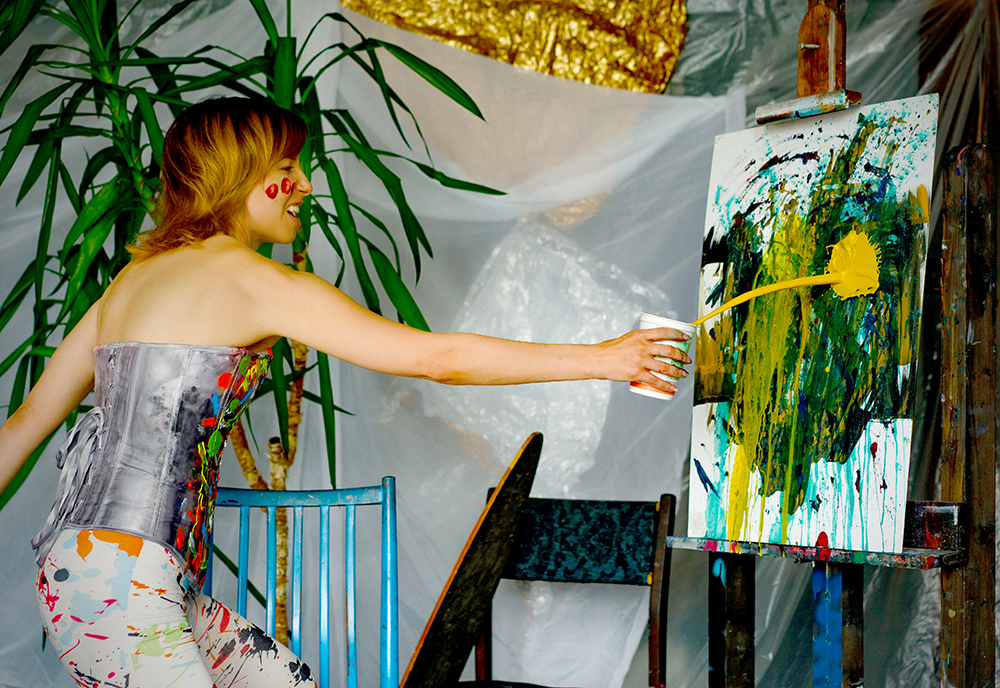
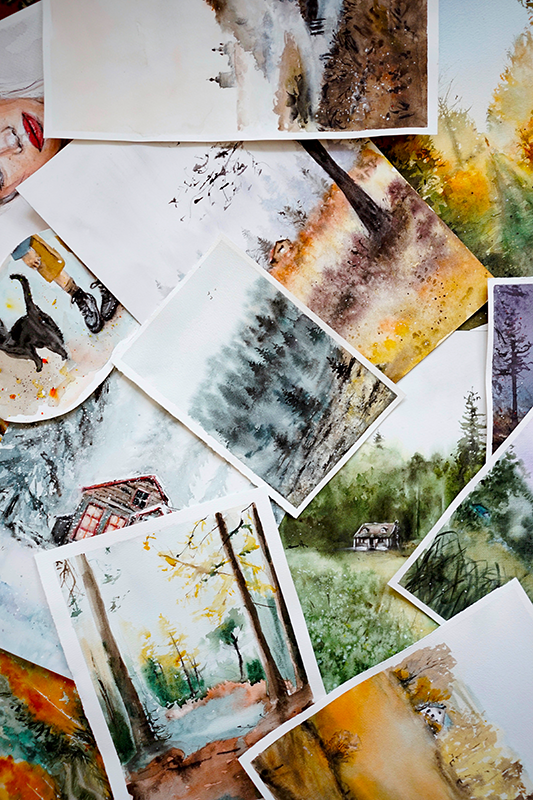
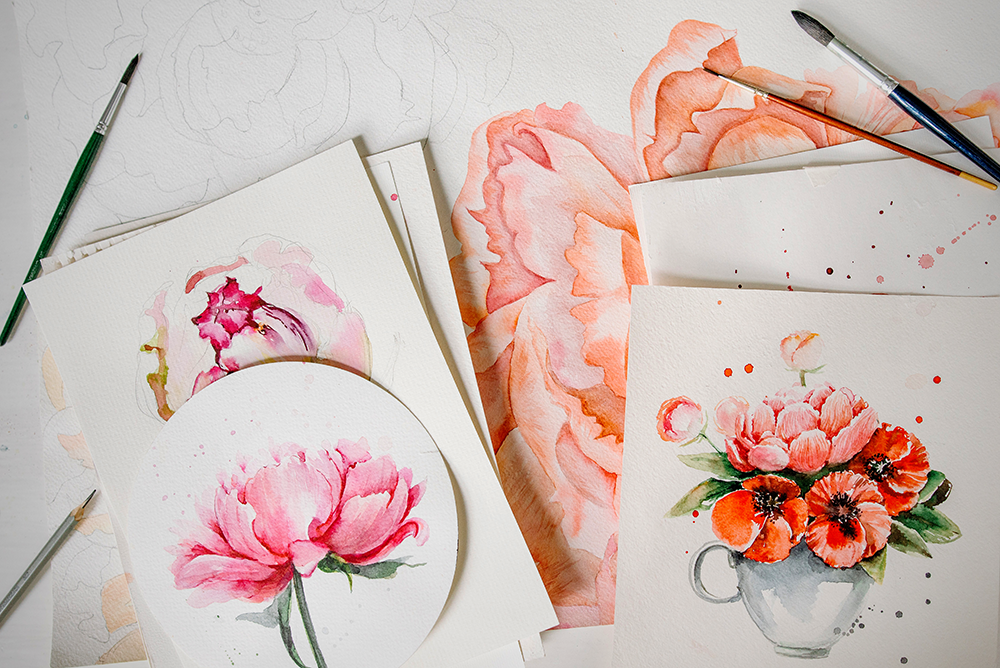
Creating Your First Painting
Starting your first painting can be both exciting and intimidating.
Begin with a simple subject, such as a still life or a landscape.
Use a limited palette to focus on mastering color mixing and brush strokes.
Don't worry about creating a perfect piece; the goal is to learn and enjoy the process.
As you gain confidence, experiment with different dimensions and styles.
Try painting from life, using a visual art journal to sketch and plan your compositions.
This practice will help you develop critical thinking skills and a clear vision for your final design.
Remember, every painting session is an opportunity to learn and grow as an artist.
Building Confidence
Building confidence in your painting abilities takes time and practice.
Set aside regular painting sessions to develop your skills and explore new techniques.
Join an art course or workshop to learn from professional artists and connect with other artists.
Sharing your work with family members and friends can also provide valuable feedback and encouragement.
Keep a visual journal to document your progress and ideas.
This journal can serve as a source of inspiration and a record of your artistic journey.
Embrace mistakes as learning opportunities and maintain a positive attitude.
With each painting, you'll build confidence and see real progress in your skills.
Experimenting with Different Styles
As you become more comfortable with painting, experiment with different styles and subjects.
Try your hand at abstract art, portrait painting, or even digital art.
Each style offers unique challenges and opportunities for creative expression.
Studying the works of famous artists like Da Vinci and Andrew Wyeth can provide inspiration and insight into different techniques.
Don't be afraid to step out of your comfort zone and try new approaches.
Use a limited palette to challenge yourself and develop your color mixing skills.
Experiment with different brands of paints and brushes to find what works best for you.
The more you explore, the more you'll discover your unique artistic voice.
Setting Up Your Painting Space
Creating a dedicated painting space can enhance your painting experience and help you stay organized.
Choose a well-lit area with enough room for your supplies and easel.
A smooth ceramic platter or large plastic container can be used to hold your paints and paint brushes.
Keep your workspace tidy to avoid distractions and make the most of your painting sessions.
Invest in a comfortable chair and a sturdy easel to support your canvas.
Good lighting is essential for accurately seeing colors and details.
Natural light is ideal, but if that's not possible, use a combination of overhead and task lighting.
Having a designated painting space will make it easier to focus and enjoy your painting journey.

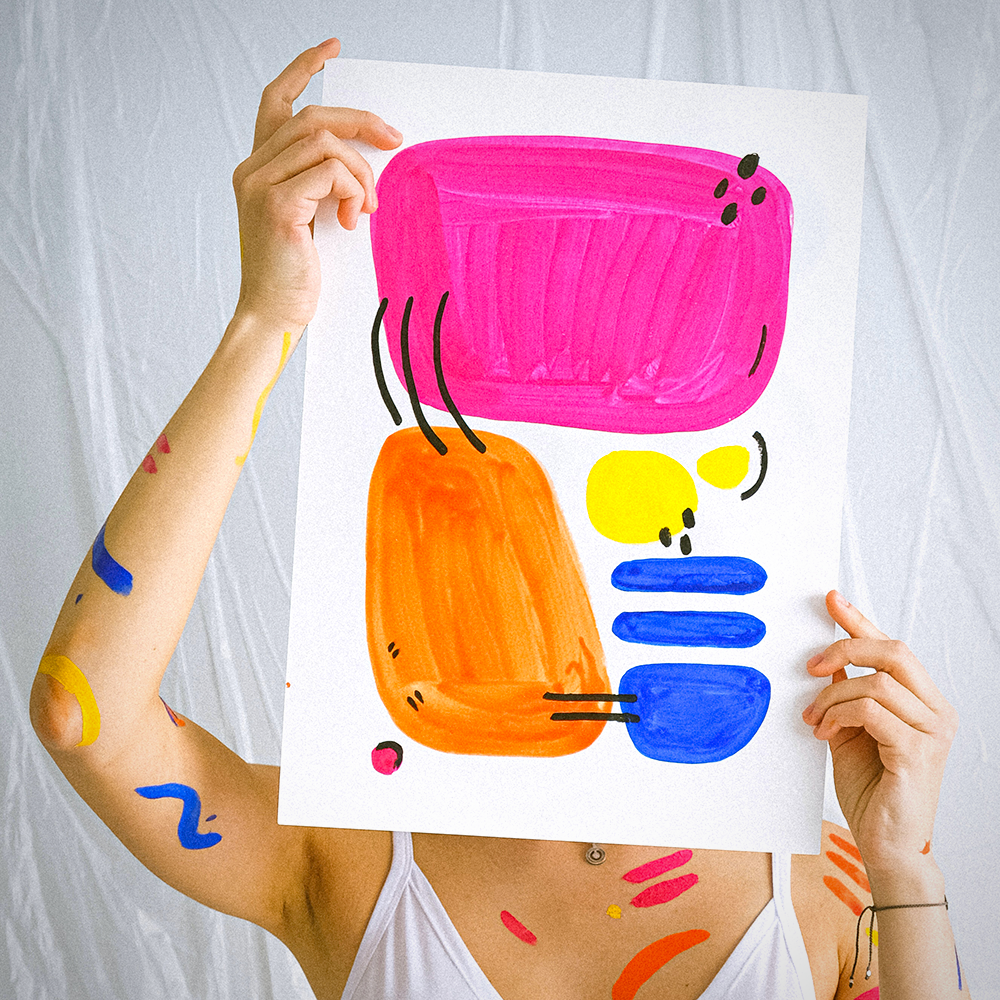
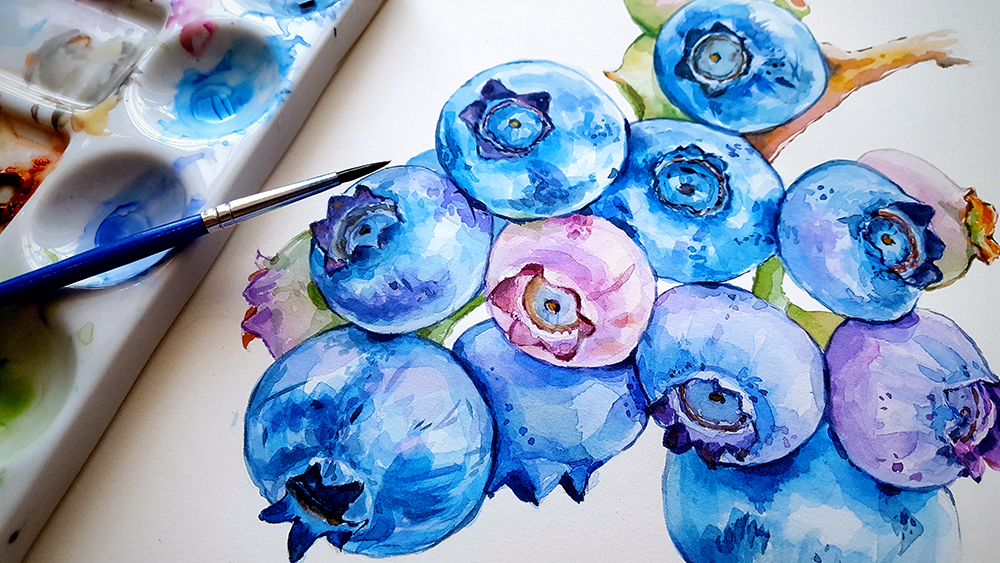
Learning from Other Artists
Learning from other artists can provide valuable insights and inspiration.
Visit art galleries and exhibitions to see a variety of styles and techniques.
Join online art communities and forums to connect with other artists and share your work.
Watching tutorials and reading books on painting can also help you learn new skills and refine your techniques.
Don't be afraid to ask for feedback and advice from more experienced artists.
Many are happy to share their knowledge and help new painters improve.
Studying the works of professional artists can also provide inspiration and ideas for your own paintings.
Remember, the learning process is ongoing, and there's always something new to discover.
Embracing the Emotional Growth
Painting as a hobby offers more than just a creative outlet; it can also promote emotional growth and well-being.
The act of creating art can be therapeutic, helping to reduce stress and improve mental clarity.
It encourages mindfulness and allows you to express your emotions in a tangible form.
As you progress in your painting journey, you'll likely experience a range of emotions, from frustration to joy.
Embrace these feelings and use them to fuel your creativity.
Painting can also help build confidence and self-esteem as you see your skills improve and create art that you're proud of.
Enjoy the process and the personal growth that comes with it.
Painting Tips to Elevate Your Artistry
Whether you're a beginner or an experienced artist, these painting tips and tricks will help you refine your skills and bring your creative visions to life.
Dive into these practical insights and watch your artwork transform!
- Start with a Sketch: Before you dive into painting, sketch your composition lightly with a pencil. This helps you plan your piece and ensures proper proportions.
- Invest in Quality Brushes: High-quality brushes can make a significant difference in your painting. They offer better control and can create more precise strokes.
- Understand Color Theory: Learn the basics of color theory, including primary, secondary, and tertiary colors. This knowledge will help you mix colors effectively and create harmonious palettes.
- Use a Limited Palette: Starting with a limited palette of colors can help you focus on mastering color mixing and create more cohesive artwork.
- Experiment with Different Mediums: Don't be afraid to try different painting mediums like acrylics, oils, or watercolors. Each medium has unique properties and can offer new creative possibilities.
- Practice Layering: Build your painting in layers, starting with the background and working your way to the foreground. This technique adds depth and dimension to your artwork.
- Keep Your Brushes Clean: Regularly clean your brushes while painting to avoid muddy colors and maintain the integrity of your strokes.
- Use a Palette Knife: A palette knife can be a versatile tool for mixing colors and creating interesting textures in your painting.
- Play with Light and Shadow: Understanding how light and shadow work can add realism and depth to your paintings. Practice observing and replicating these elements in your work.
- Take Breaks: Step back from your painting periodically to view it from a distance. This helps you see the overall composition and make necessary adjustments.
- Stay Patient and Persistent: Painting is a skill that improves with practice. Stay patient, keep experimenting, and don't be discouraged by mistakes—they're part of the learning process.
- Join a Community: Engage with other artists, join painting classes, or participate in online forums. Sharing your work and receiving feedback can be incredibly motivating and educational.
By incorporating these tips and tricks into your painting routine, you'll find yourself growing as an artist and creating more compelling and beautiful artwork.


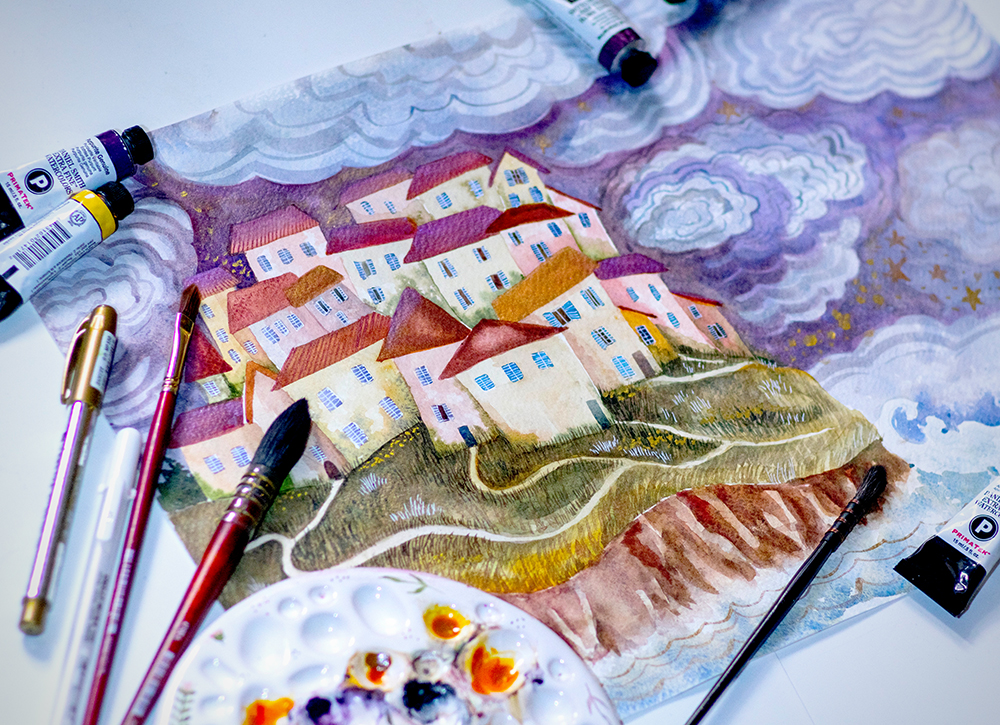
Embrace the Creative Journey!
Diving into painting as a hobby is more than just a pastime; it's a gateway to self-expression and emotional growth.
By mastering the basics, equipping yourself with the right tools, and dedicating time to practice, you'll find yourself creating stunning pieces of art in no time.
Embrace the process, explore various styles, and cherish each painting session as a step towards becoming the artist you aspire to be.
Remember, every painting session is an opportunity to learn and grow as a creator.
Your canvas awaits—let your creativity flourish!
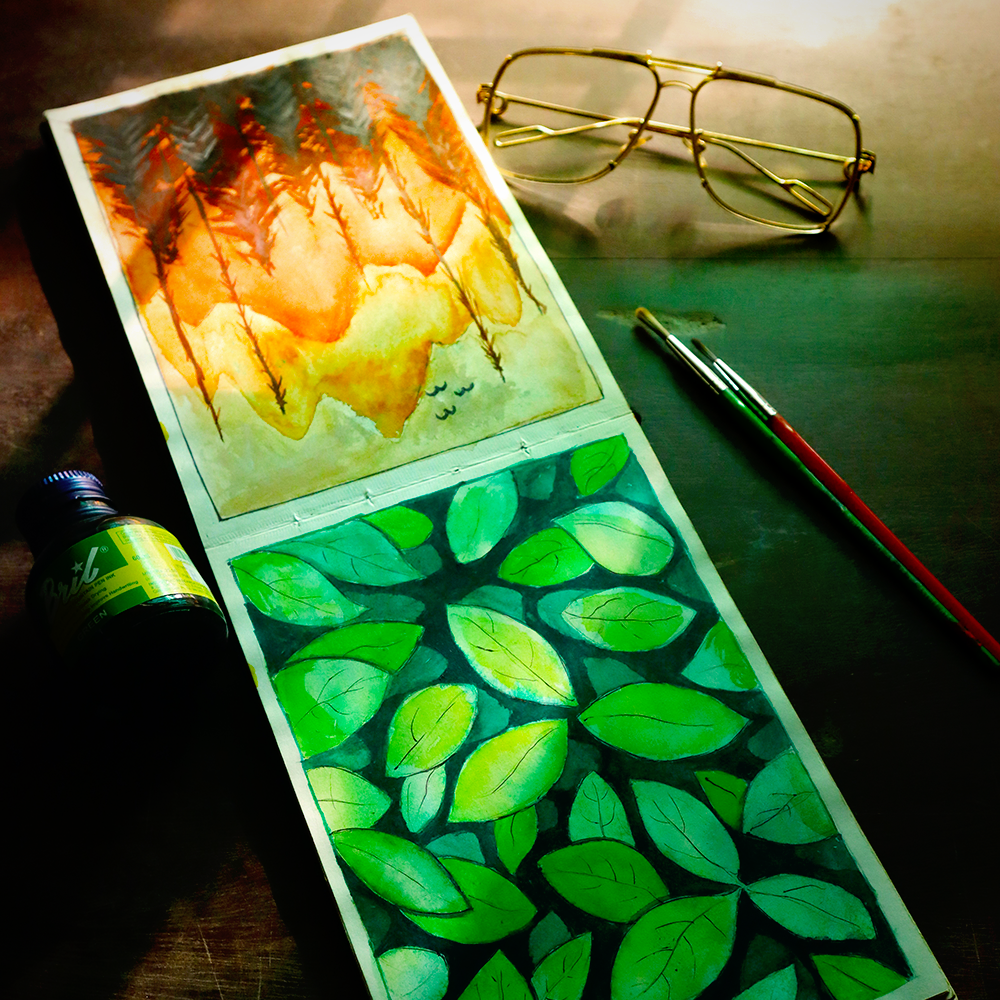
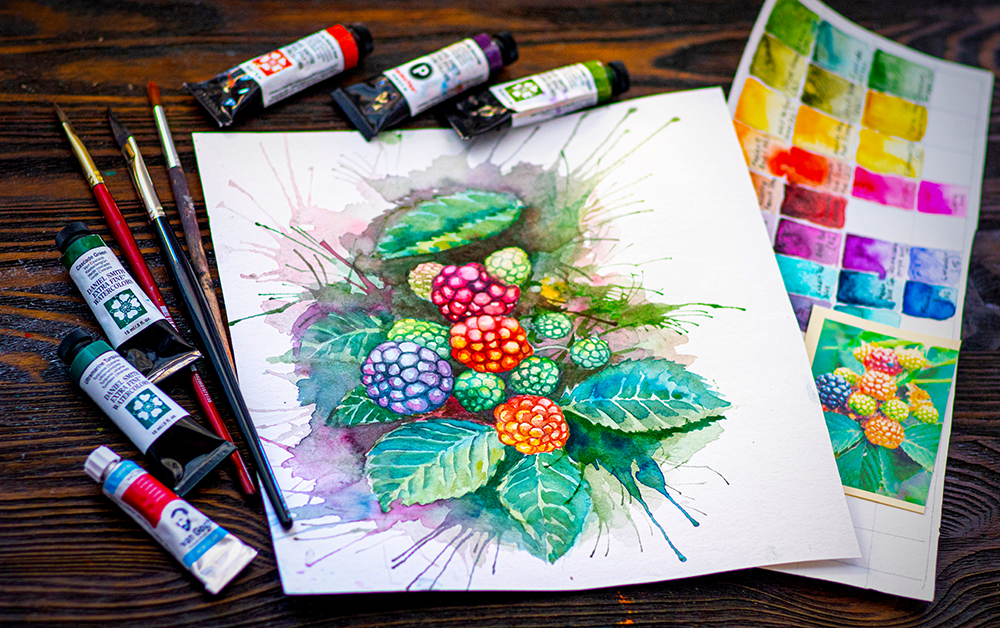
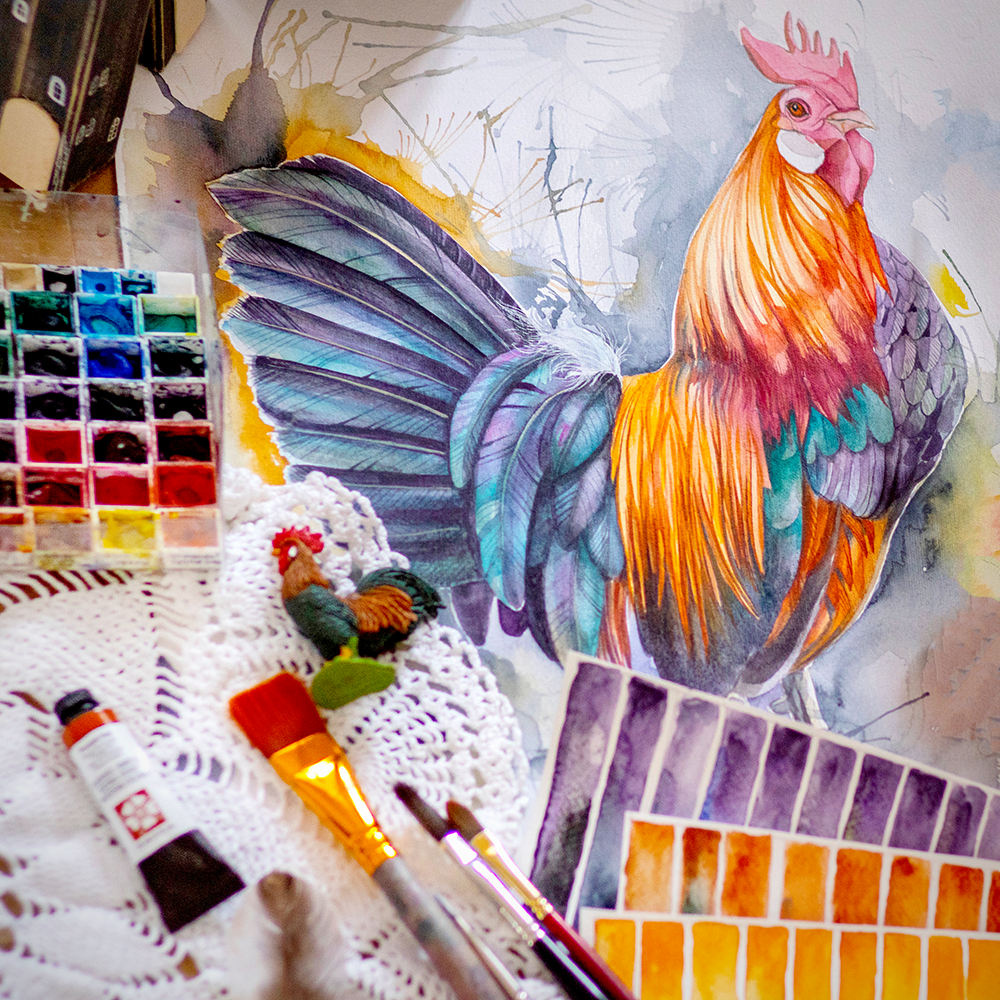
Painting FAQs
Are you ready to dive into the colorful world of painting but have a few questions before you start?
Whether you're a budding artist or just looking to pick up a new hobby, this FAQ section has got you covered!
From choosing the best medium to kickstart your artistic journey to tips on honing your skills and must-have supplies, we've compiled the essential information you need to unleash your creativity.
So grab your brushes and paints and let's get those creative juices flowing!
What is the best medium for beginners to start painting as a hobby?
Acrylic painting is often recommended for beginners due to its versatility, quick drying time, and ease of use. Acrylic paints can be used on various surfaces and are water-soluble, making cleanup simple.
How can I improve my painting skills?
Consistent practice is key to improving your painting skills. Set aside regular painting sessions, experiment with different techniques, and seek feedback from other artists. Joining an art course or workshop can also provide valuable guidance and inspiration.
What are some essential supplies for starting painting as a hobby?
Essential supplies include paints (acrylic, oil, or watercolor), brushes, a palette, and a painting surface such as canvas or watercolor paper. Additional tools like a palette knife, large plastic container for water, and a visual journal can also be helpful.
What is the difference between acrylic, oil, and watercolor paints?
Acrylic paints are versatile, fast-drying, and water-soluble, making them ideal for beginners. Oil paints have a rich texture and slow drying time, allowing for detailed blending but requiring more cleanup. Watercolor paints are known for their transparency and fluidity, perfect for creating delicate, layered effects.
Can I mix different types of paints together?
Generally, it's not recommended to mix different types of paints like acrylics with oils, as they have different bases and drying times. However, you can layer them in mixed media projects, starting with acrylics and finishing with oils.
How do I choose the right brushes for painting?
Brushes come in various shapes and sizes, each suited for different techniques. Round brushes are great for detail work, flat brushes for broad strokes, and filbert brushes for blending. Synthetic brushes are ideal for acrylics, while natural bristle brushes work well with oils.
What is the best way to clean and maintain my brushes?
For acrylics, rinse brushes in water immediately after use and clean with mild soap. For oils, use a solvent like turpentine or mineral spirits, followed by soap and water. Always reshape the bristles and store brushes upright to dry.
How do I create texture in my paintings?
You can create texture by using different brushstrokes, palette knives, or adding mediums like modeling paste to your paint. Experimenting with layering and impasto techniques can also add depth and dimension to your artwork.
What are some common mistakes beginners make and how can I avoid them?
Common mistakes include using too much water with acrylics, not allowing layers to dry, and neglecting to clean brushes properly. To avoid these, practice patience, follow proper techniques, and maintain your tools.
How do I know when my painting is finished?
Knowing when a painting is finished can be subjective. Step back and assess your work from a distance, considering balance, composition, and whether it conveys your intended message. Sometimes, taking a break and returning with fresh eyes can help you decide.
What are some tips for painting en plein air (outdoors)?
When painting outdoors, bring a portable easel, a limited palette of colors, and quick-drying paints like acrylics. Dress for the weather, and consider the changing light conditions. Keep your setup simple and focus on capturing the essence of the scene.
How can I protect my finished paintings?
To protect your finished paintings, apply a varnish suitable for the type of paint used. Store paintings in a cool, dry place away from direct sunlight. For framed works, use UV-protective glass to prevent fading.
Can I paint over an old canvas?
Yes, you can paint over an old canvas. If the previous painting is textured, you may need to sand it down lightly. Apply a layer of gesso to create a fresh surface for your new artwork.
What are some good subjects for beginners to paint?
Beginners can start with simple subjects like still life compositions, landscapes, or abstract designs. These subjects allow you to practice basic techniques and build confidence before tackling more complex scenes.
How do I find my unique painting style?
Finding your unique style takes time and experimentation. Try different techniques, subjects, and mediums. Study the work of artists you admire and incorporate elements you like into your own work. Over time, your personal style will naturally emerge.
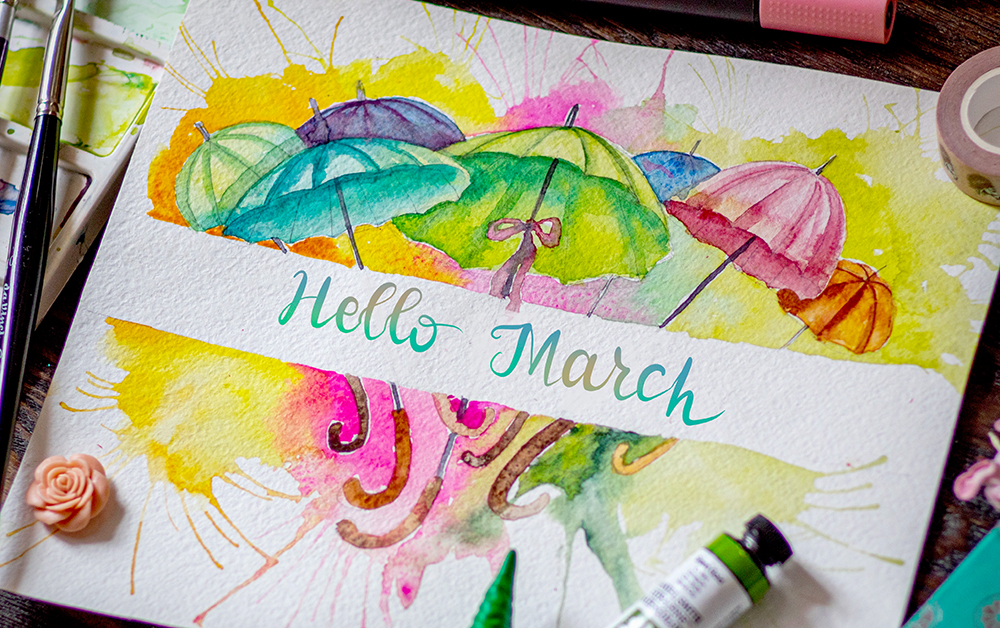
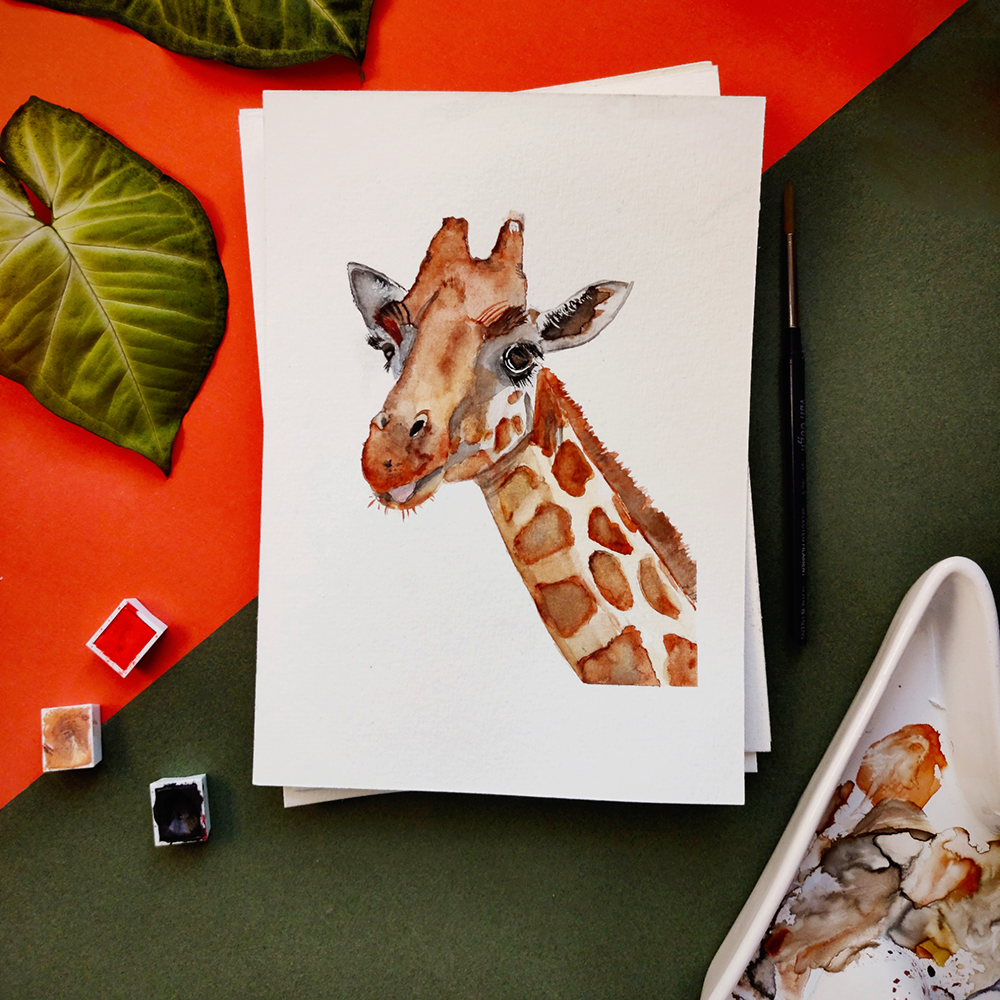
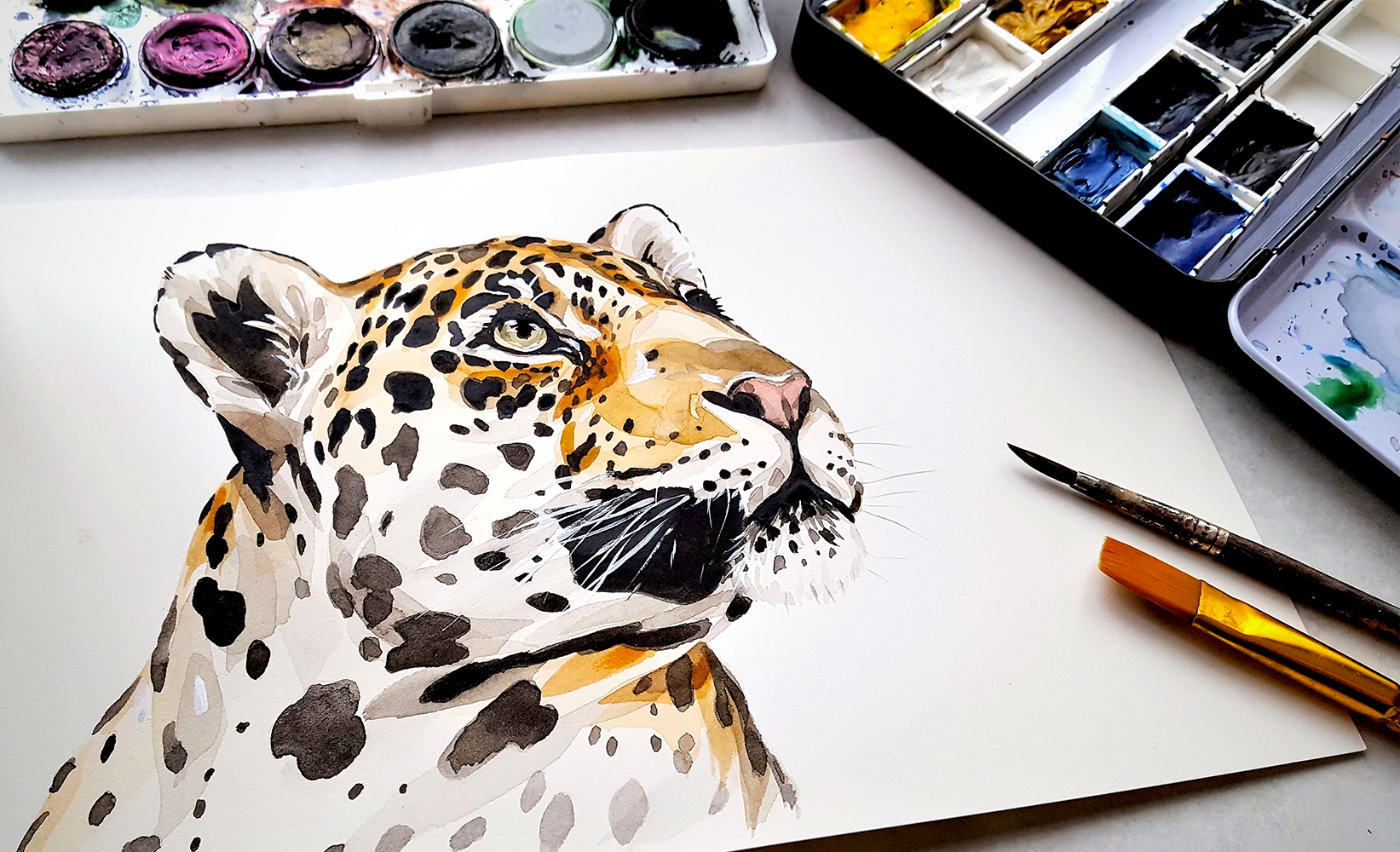
Eager to start painting as your new hobby? Check out Athira Art Studio's video!
Want even more content about creativity and art?
Be sure to check out all of our creative chronicles!
Ready to dive into the world of painting?
Check out our other painting articles:
-What is the easiest thing to paint?
-What are the basic skills of painting?
-What are the 7 rules of painting?
-How long does it take to get good at painting?
-What is the most common painting technique?
